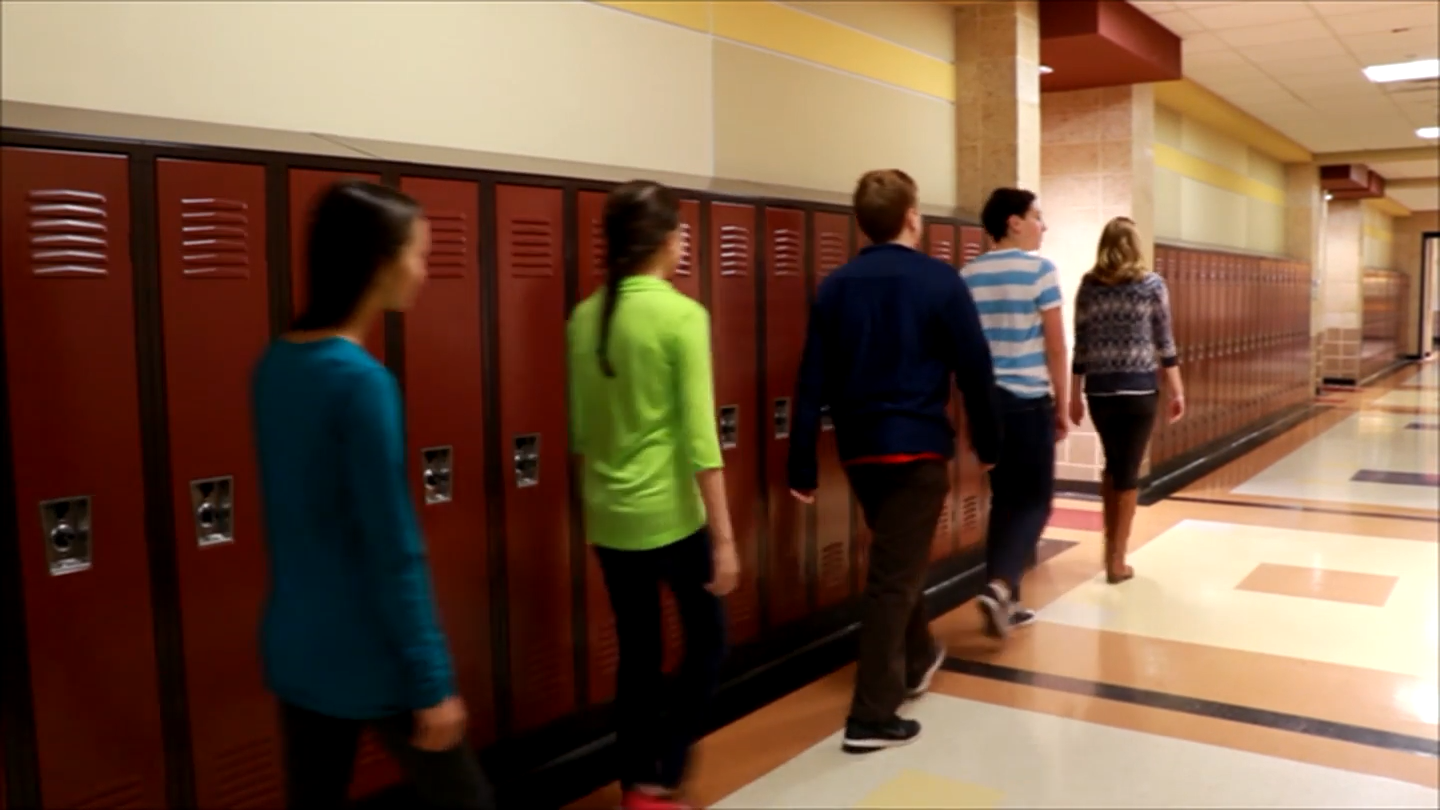As educators, we aim to create a respectful and calm learning environment for our students. One essential aspect of this is teaching them how to walk slowly and quietly in the halls. In this blog post, we will explore a no-prep activity to help Kindergarten students understand the importance of walking appropriately in the halls, discuss related questions, and discover other relevant skills for young learners. To further support your students, consider signing up for free samples of our resources.
Introduction
Teaching appropriate hallway behavior is crucial for maintaining a positive school atmosphere and minimizing disruptions to other classrooms. By walking slowly and quietly in the halls, students demonstrate respect for their peers and teachers. Additionally, it helps to create a sense of order and safety in the school. With consistent guidance and reinforcement, Kindergarten students can learn to navigate the halls in a calm and respectful manner.
No-Prep Activity: The Hallway Train
This simple, no-prep activity, called “The Hallway Train,” is designed to teach Kindergarten students the importance of walking slowly and quietly in the halls. Follow these easy steps:
- Begin by explaining to your students that they will be forming a “train” and practicing how to walk properly in the hallways.
- Ask the students to line up, one behind the other, with a comfortable space between them. Explain that this is the “train” and that they are the “train cars.”
- As the “train conductor,” walk in front of the line, modeling the desired behavior: walking slowly, quietly, and keeping a safe distance from others.
- Encourage the students to follow your lead, maintaining their position in the “train” and mimicking your walking speed, noise level, and distance from others.
- Periodically stop the “train” to provide praise and gentle reminders about the importance of walking slowly and quietly in the halls.
- Repeat this activity as needed, praising students for their progress and reinforcing the desired behavior.
Consistent practice of this activity will help students internalize the importance of walking slowly and quietly in the halls, ensuring a more respectful and orderly school environment.
Discussion Questions
After completing the Hallway Train activity, engage your students in a discussion to deepen their understanding of appropriate hallway behavior. Here are some questions to spark conversation:
- Why is it important to walk slowly and quietly in the halls?
- How does walking slowly and quietly show respect for others in the school?
- What can we do if we notice someone is having difficulty walking slowly and quietly in the halls?
- How do you feel when you walk slowly and quietly in the halls?
- What other behaviors can we practice to be respectful in the school environment?
Related Skills
Teaching students to walk slowly and quietly in the halls is just one aspect of creating a respectful school environment. Other related skills that can be taught to Kindergarten students include:
- Using polite language and manners
- Listening actively to others
- Respecting personal space
- Cooperating with peers and teachers
- Practicing empathy and understanding
Next Steps
Now that you have a better understanding of the importance of teaching Kindergarten students to walk slowly and quietly in the halls, consider incorporating the Hallway Train activity into your classroom routine. Additionally, explore other related skills to further support your students’ development. To access more resources and activities, sign up for free samples on our website.






